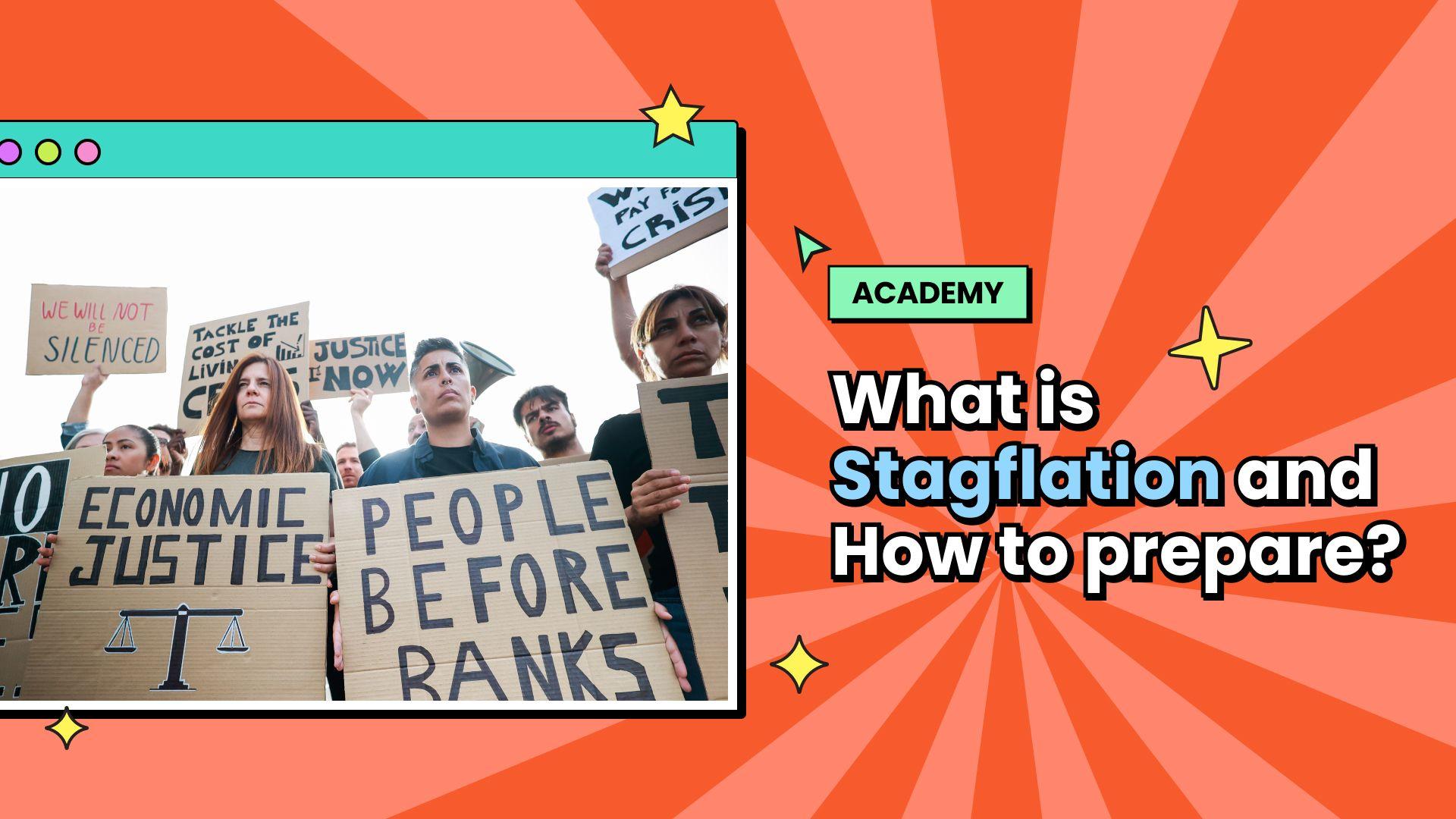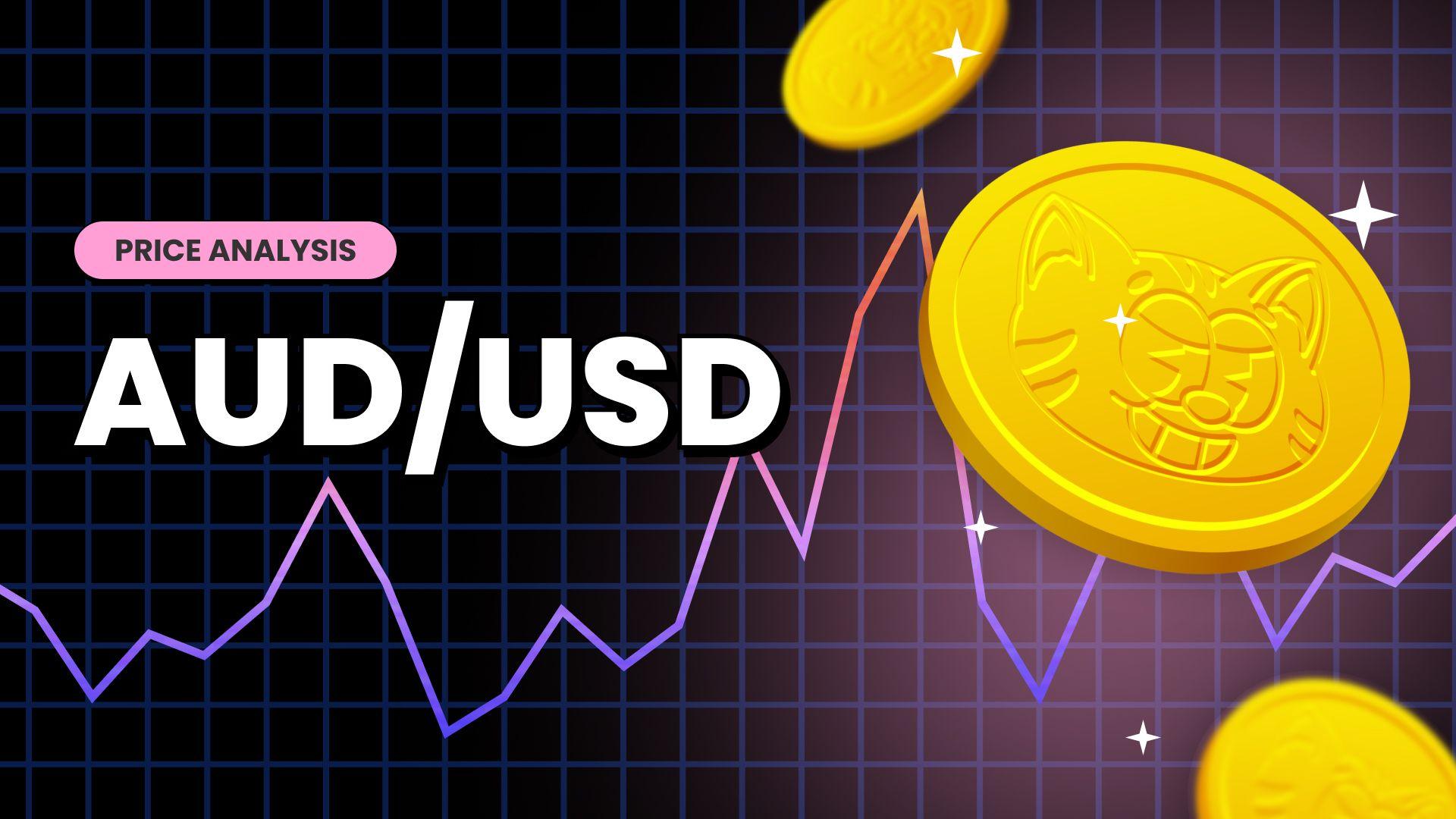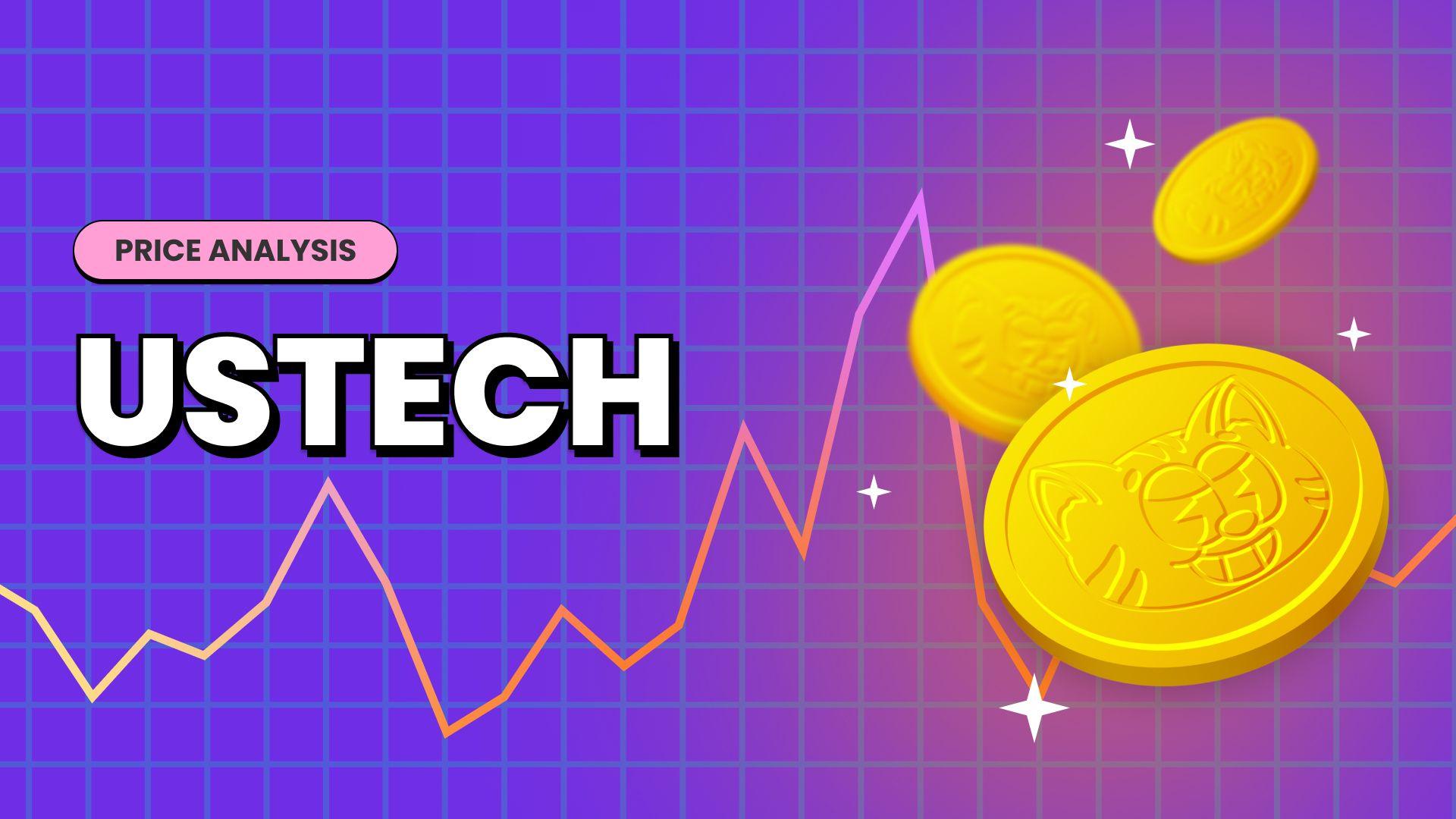What is Hyperinflation and How to prepare?






Inflation is a term that most of us are familiar with, but when inflation spirals out of control, it can lead to a phenomenon known as hyperinflation. Hyperinflation is an extreme economic condition characterized by rapidly increasing prices, often rendering local currencies virtually worthless. Imagine a scenario where the cost of a loaf of bread doubles every few hours, and you'll start to grasp the gravity of this economic nightmare.
Indeed, Zimbabwe experienced a severe case of hyperinflation from March 2007 to mid-November 2008. During this period, the country's monthly inflation rates reached staggering levels, surpassing 50% in some instances. The annual inflation rate soared to astronomical levels, estimated to be around 89.7 sextillion percent (or 89.7 followed by 20 zeros).The repercussions of hyperinflation are severe and impact every aspect of daily life, from necessities to personal savings and investments.
In this article, we will explore the intricacies of hyperinflation, analyze historical cases, and provide practical tips on how to prepare effectively, ensuring that you are ready for any potential upheavals in your country's economy.
Causes of Hyperinflation
Hyperinflation is a destructive economic phenomenon that can severely destabilize an economy and is caused by several factors. Some of the common factors that cause hyperinflation include:

1. Deficit Financing and Excessive Money Printing
When governments constantly spend beyond their means, relying heavily on borrowing or printing more money to finance expenditures, it can trigger hyperinflation. This excessive creation of money without a corresponding increase in the production of goods and services leads to an imbalance between supply and demand, causing prices to skyrocket.
2. Loss of Confidence in the Currency
Hyperinflation can also occur when citizens lose faith in their currency's value. Confidence is often shattered due to political instability, economic mismanagement, or unsustainable monetary policies. This loss of confidence fuels the hoarding of goods, exacerbating inflationary pressures.
3. Economic and Political Crises
Hyperinflation is closely linked to severe economic downturns and political instability. In times of crisis, such as wars or natural disasters, governments may resort to printing money to finance urgent needs, leading to a surge in prices. Additionally, abrupt changes in political regimes or policies can induce hyperinflation because of the ensuing economic turmoil.
Signs of Hyperinflation
It is crucial for both individuals and businesses to be aware of the various indicators that signify the possible onset of hyperinflation to help them take preventive measures to safeguard themselves against the devastating impacts of hyperinflation. Some of the common signs of hyperinflation include:

1. Rapid and escalating price increases
One prominent sign of hyperinflation is the incessant rise in prices of necessities such as food, fuel, and healthcare.
2. Skyrocketing currency devaluation
The local currency loses its value rapidly during hyperinflation. People may lose confidence in the currency, leading to a significant decline in its purchasing power. This devaluation is often accompanied by a surge in demand for more stable foreign currencies or alternative stores of value like gold or other commodities.
3. Increased poverty and unemployment
Hyperinflation can have devastating effects on the economy, causing a rise in poverty and unemployment rates. Businesses may struggle to operate, leading to layoffs and closures. Individuals may find it difficult to afford necessities, resulting in a decline in living standards.
Impact of Hyperinflation
Hyperinflation has significant impacts on both businesses and individuals, leaving lasting effects on multiple fronts. Here are some of the effects it can have:
🏢 Impacts on Businesses
Hyperinflation presents an assortment of consequential challenges for businesses, irrevocably transforming the landscape in which they operate. First and foremost, the erosion of consumer purchasing power adversely affects demand for goods and services, providing a significant blow to sales revenues. As prices soar, businesses repeatedly revise pricing strategies to keep pace, intensifying the financial strain caused by the constant scarcity of resources. Additionally, businesses may encounter difficulties in sourcing raw materials due to hoarding, accelerated demand, or supply chain disruptions, ultimately stifling production capabilities. The instability of local currency also heightens the risks associated with borrowing, thrusting businesses into a whirlwind of debt, uncertainty, and potential bankruptcy. Nonetheless, amidst these challenges, opportunities may emerge for those who skillfully adapt to the rapidly shifting economic environment.
👤 Impacts on Individuals
Hyperinflation leaves individuals at the mercy of volatile economic conditions, subjecting them to financial hardship and eroding their quality of life. As the value of their earnings rapidly crumbles, individuals struggle to afford necessities such as food, water, and shelter. Savings, retirement funds, and other investments become virtually worthless, jeopardizing future financial security. Employee layoffs, downsizing, or a decrease in job stability become a persistent reality, pushing individuals into unemployment or underemployment. In response, people grapple with rising levels of poverty, food insecurity, and a derailed education system. Those with fixed incomes or low-wage jobs are disproportionately impacted, amplifying social inequalities within society.
How to Prepare for Hyperinflation
Successfully navigating the perilous terrain of hyperinflation requires individuals to adopt effective personal finance strategies. These are crucial steps you can take to prepare yourself and safeguard your financial well-being in the face of hyperinflation.

1. Build an Emergency Fund
One of the primary defenses against hyperinflation is having a robust emergency fund. As prices soar and the purchasing power of money diminishes, having readily available cash reserves becomes paramount. Ideally, you should aim to have three to six months' worth of living expenses saved in a liquid and accessible account. This emergency fund will act as a safety net, allowing you to navigate through uncertain times without relying on heavily inflated currency.
2. Diversify Your Assets
When faced with hyperinflation, traditional forms of money may lose their value rapidly, making it crucial to diversify your assets. Consider investing in tangible assets such as precious metals like gold and silver, real estate, or even high-demand commodities. These alternative investments tend to hold their value better during periods of hyperinflation and can provide a hedge against the devaluation of fiat currency.
3. Focus on Income-Generating Investments
Inflationary periods can be challenging for individuals solely relying on fixed-income sources. To combat this, seek out income-generating investments that can outpace inflation. Invest in dividend-paying stocks, rental properties, or start a side business that can generate additional income. By diversifying your income streams, you will have a better chance of staying ahead of rising prices and protecting your purchasing power.
In conclusion, hyperinflation is an economic phenomenon characterized by a rapid and uncontrollable rise in prices, leading to the devaluation of a nation's currency. Staying well-informed about economic indicators, government policies, and global trends will help individuals adapt effectively to the changing landscape in times of rising prices. By taking these proactive measures, individuals can better position themselves to navigate the challenges posed by hyperinflation and safeguard their financial well-being.

Are you looking to start trading in the Forex Market? You can Enjoy FREE USD 10,000 Virtual Funds for trading by Signing Up on Pocket Trader. With Pocket Trader, You can invest in multiple markets, including currencies, indices, and commodities, learn from experienced traders and share ideas with pocket trader’s social features to build wealth together.



